Experts warn against these 10 easily avoided window box mistakes
Avoid falling for one of these critical errors

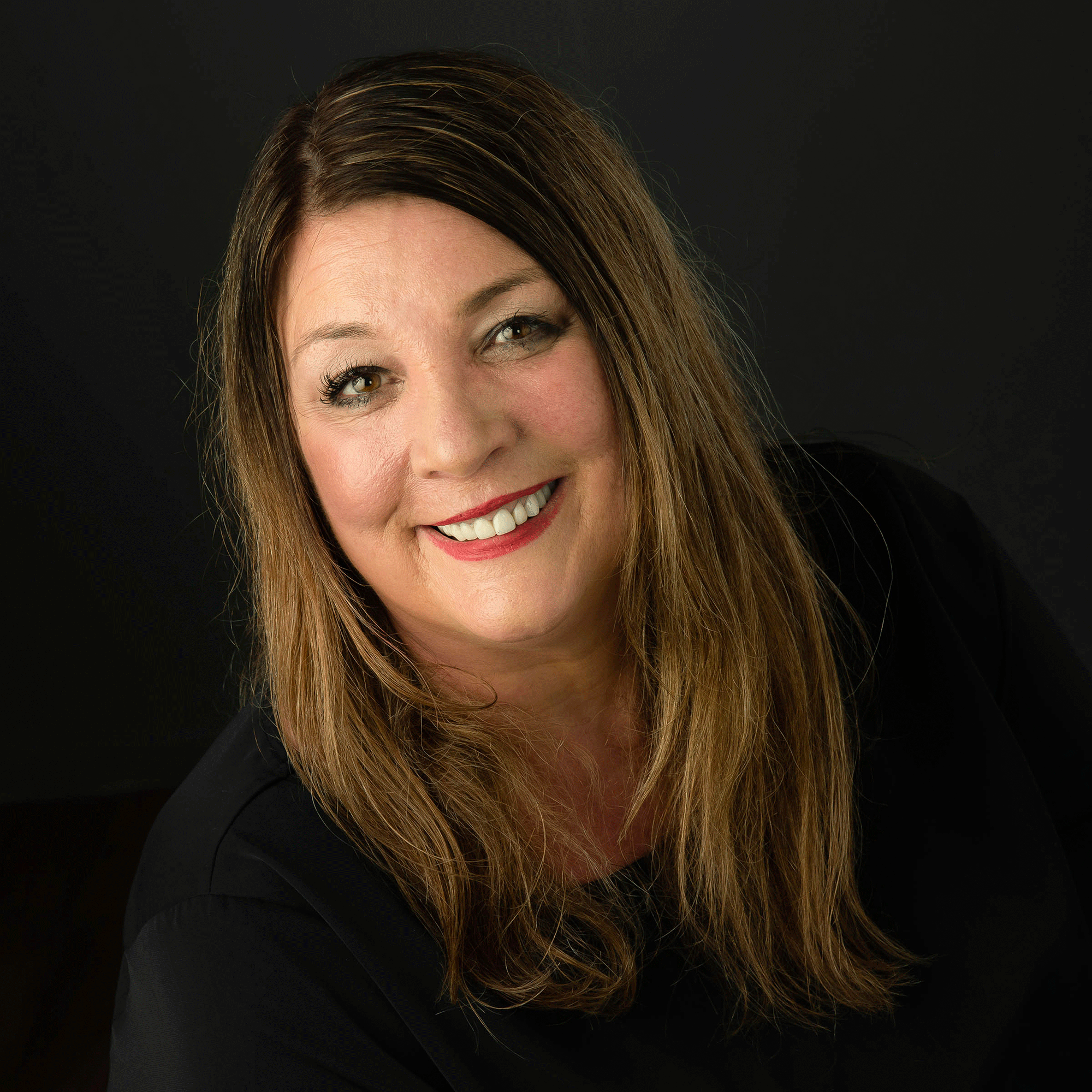
Window boxes are a cheerful addition to a garden or outdoor space at any time of year. If you’re looking for new garden ideas choosing a window box – or a set of window boxes to stop passers-by in their tracks – is a quick and easy way to add an immediate splash of colour and vibrancy.
If you're looking to capitalise on small garden ideas, window boxes will help double the available planting space. Window boxes can also improve the privacy of your home, especially if you live on a busy road, where passers-by can peek into your living room.
However, although this happy addition to any garden is usually fairly easy to care for in general, there are a number of window box mistakes you should avoid making.
'With window boxes, you’re usually choosing annual plants,' says garden designer Lee Burkhill, founder of Garden Ninja.
'One of the most fundamental window box mistakes is to not consider the size of those plants – annuals are likely to double in size during their season. If you’re including perennials in your window box scheme, always check the ultimate size of the plant and space accordingly, or there won’t be room for them all.'
Window box mistakes
Here are 10 more common mistakes which spell disaster for your window boxes, with expert advice on how to fix them.
1. Choosing the wrong plants
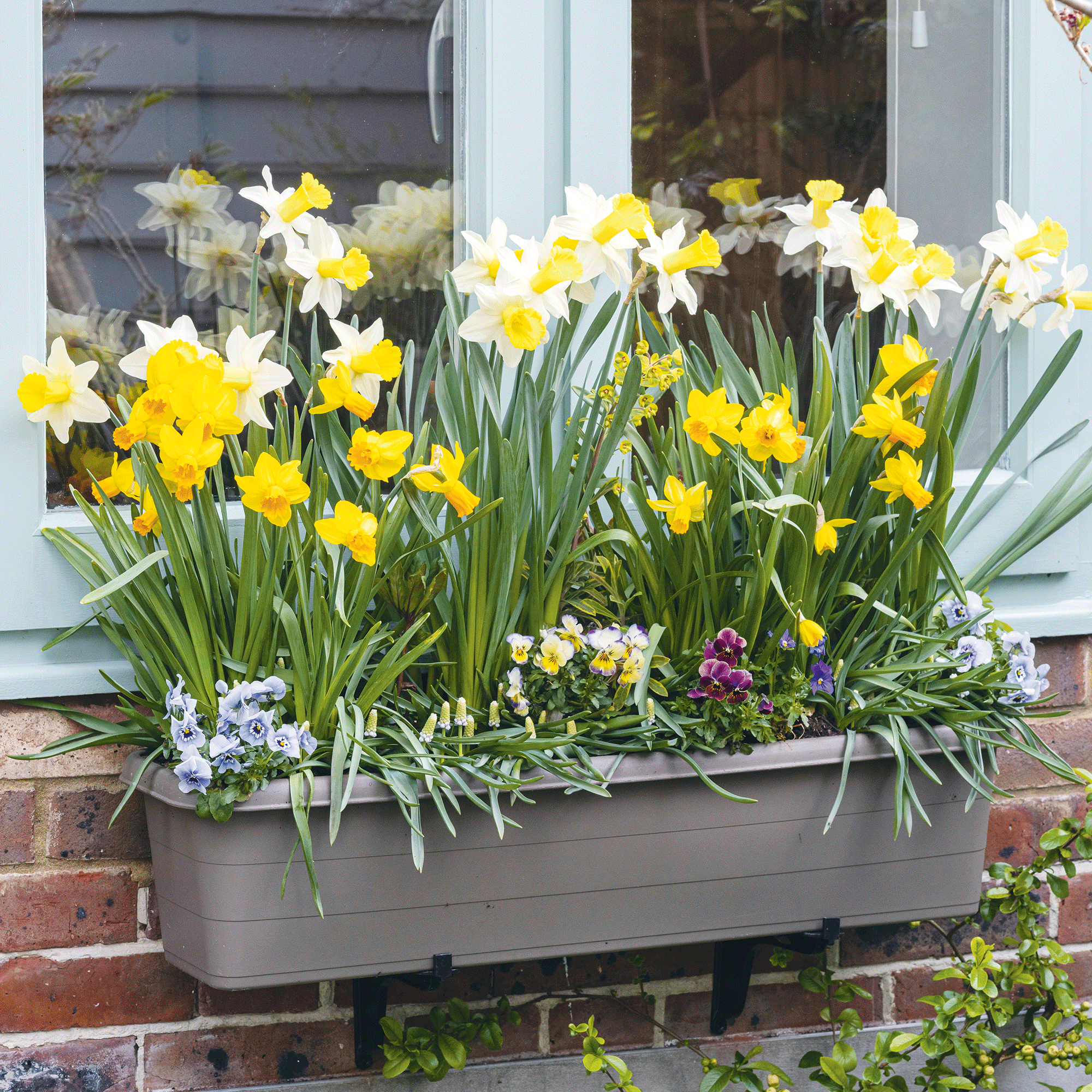
It’s fun to dream up all kinds of creative planting schemes for window boxes, but according to Sarah Squire, chairman (CORR) of Squire’s Garden Centres 'the biggest mistake made with window boxes is using the wrong plants for the size of the box.'
Get the Ideal Home Newsletter
Sign up to our newsletter for style and decor inspiration, house makeovers, project advice and more.
'You must always think of the relationship between plant and box to avoid this window box mistake. Think about using compact plants that require less root space for smaller boxes and use larger boxes for larger plants that require more water.'
2. Choosing incompatible plants
Another common window box mistake is purchasing plants that don't have the same requirements and putting them together, warns Boyd Douglas-Davies, plants director at British Garden Centres.
'Make sure your plants are compatible with each other,' he says. 'All plants in a window box must share the same requirements for sunlight, soil, moisture, and fertiliser to thrive. Check the plant labels at your local garden centre to make sure the requirements match and then get ready for a show-stopping display.'
3. Getting the balance wrong
Window boxes can be quite dominating features, so make sure you get the size balance correct to avoid another window box mistake. Experts generally agree that a window box that is larger than 20 per cent of the size of the window is too big and will look out of proportion.
Also, consider the number of actual windows you have. On a house with several windows, consider adding a window box to each one, European-style. If this is not possible, at least add window boxes across all one level. 'A single window box can be used to give full impact but sometimes two or three should be used to create impact and symmetry,' says Sarah.
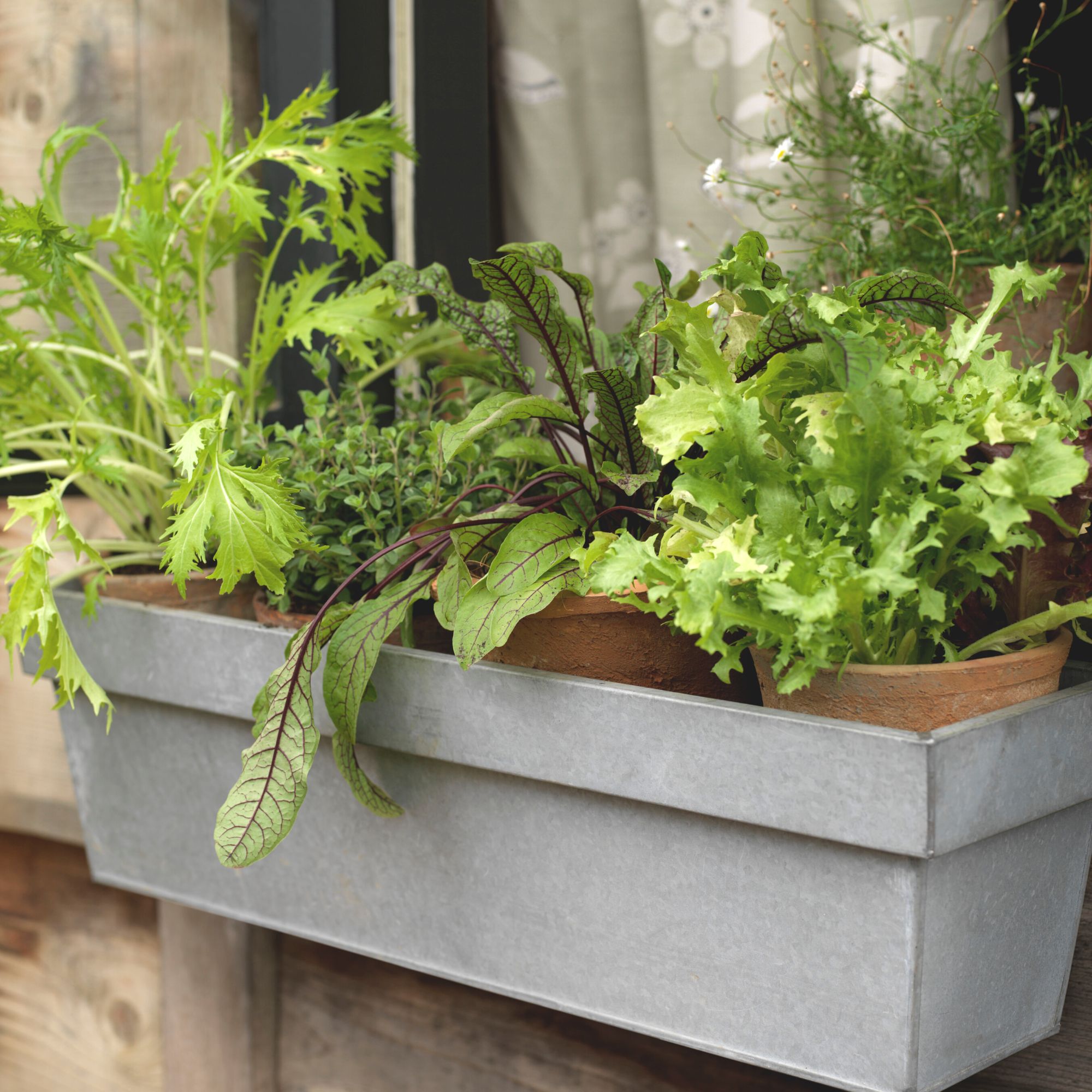
4. Not fixing securely
If you’re looking for balcony garden ideas window boxes overflowing with flowering plants, or even salad crops such as lettuce and tomatoes, are a must. However, if you’re fixing window boxes to balconies, you must take into account building and safety regulations, says Katharine Siegel-Rieck, spokesperson for Fischer Group fixing systems.
To avoid accidents with passers-by, she advises making sure the mount for the window box is suitable in terms of load-bearing capacity, dimensions, materials and location. Shapes of window boxes can vary, of course, but if you’re using a classic rectangular-shaped planter, make sure that the hooks or brackets are made of a corrosion-resistant material suitable for outdoors, such as stainless steel.
5. Ignoring pests
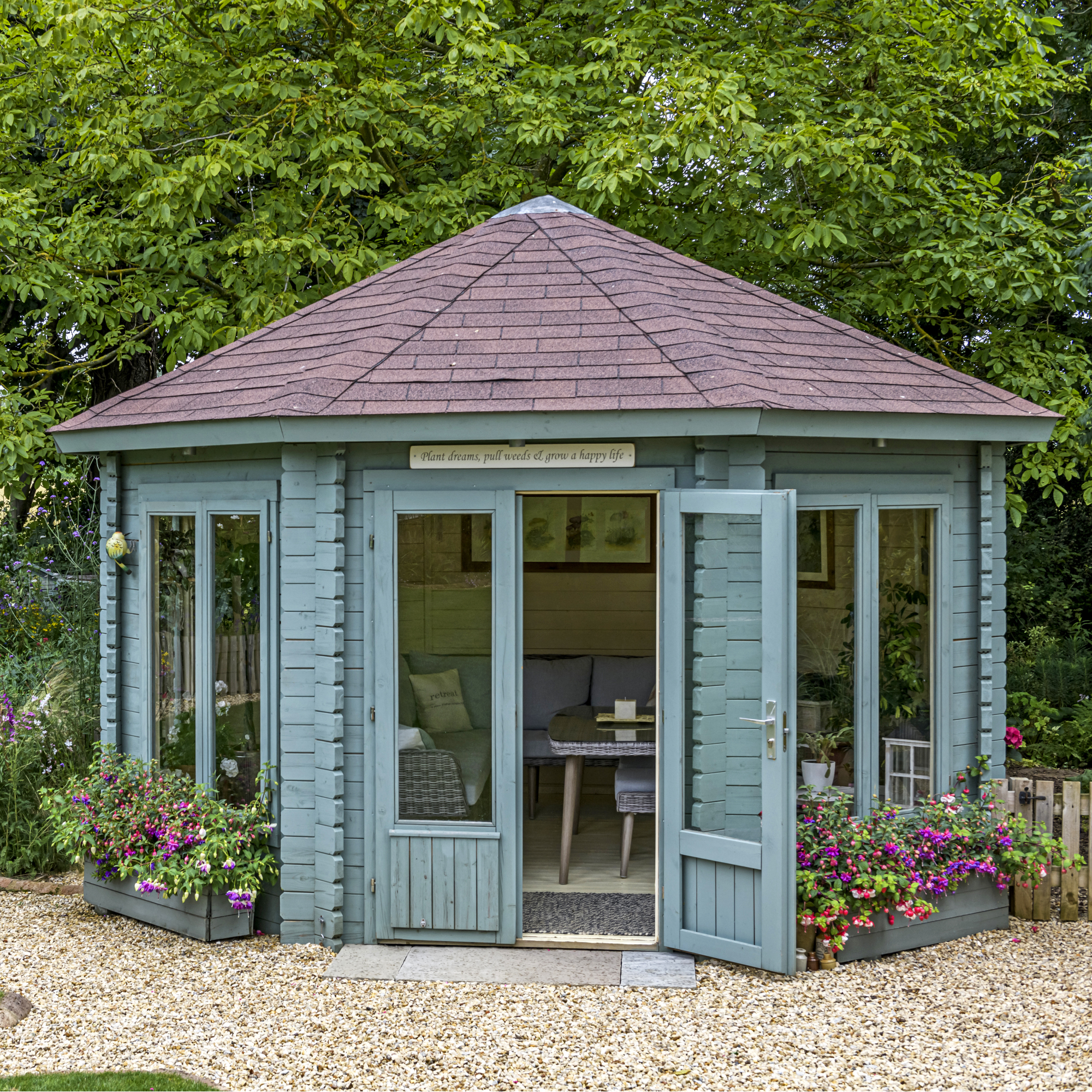
Sean Lade, a gardening expert and founder of Easy Garden Irrigation, is always on the lookout for pests and diseases in window boxes.
Because window boxes are such a confined space, once a pest such as aphid, or a disease such as mildew gets established, it will proliferate quickly – a major window box mistake. 'If you don’t keep an eye out, pests and diseases can cause damage to your plants beyond repair if not caught early on,' he says. 'Always check for any signs of problems, such as wilting, yellowing leaves, or insect damage, and address them promptly.'
6. Forgetting to dead-head
Neglecting the dead-heading is an easy window box mistake to avoid, says Sean. 'All you have to do is remember that deadheading, or removing spent flowers, is essential for keeping your hanging baskets and window boxes looking their best. Regular deadheading will encourage your plants to continue growing and produce more flowers.'
He suggests picking off wilted and decaying flowers and leaves as soon as they appear to avoid damaging the rest of the plant and attracting pests and diseases that prey on dying plants.
7. Assuming same summer/winter rules apply
One of the most pleasing recent garden trends is planting up both summer and winter window boxes, choosing attractive plants such as cyclamens and winter-flowering pansies for a festive display.
However, gardening expert and blogger Alexandra Campbell of The Middlesized Garden says to remember that winter plants won’t bloom as much as their summer cousins, because of the colder conditions. This can mean a major window box mistake.
'When you buy plants for summer pots, you know they will grow,' Alexandra says. 'A few small plants can turn into a wonderfully exuberant display.'
Her advice for winter is to buy more plants than you would in summer and pack them in more tightly, to maximise the impact.
8. Putting it in the wrong place
Window boxes are one of the nicest and most popular front garden ideas.
However, check out what way the front of your house faces and how the sun falls before getting carried away with your window boxes, warns Annelise Brilli, a horticultural expert at Thompson & Morgan: 'Siting a window box in the wrong place is one of the lesser-known window box mistakes. A south or east-facing wall is ideal as it will get plenty of sun and give you the widest choice of plants for your window box.'
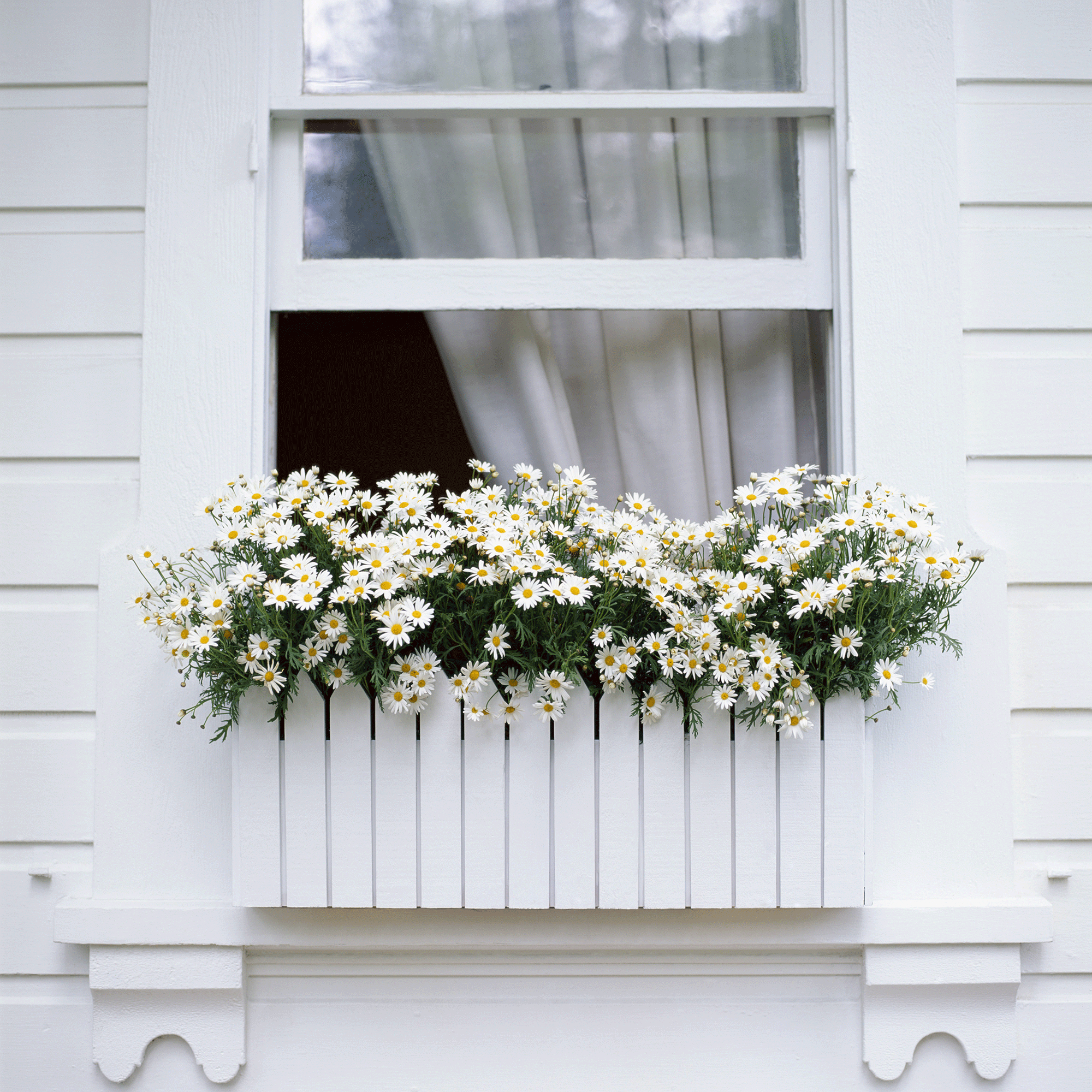
9. Under-watering
One of the biggest window box mistakes is under-watering, says Annelise. Not watering regularly will lead to poor plant growth and limited flowers.
'Although window boxes don’t dry out as quickly as hanging baskets, under-watering is still a problem, including in winter when you might forget about the watering can for a while,' she says. 'The simplest way to test the moisture level regularly is by poking your finger into the compost.'
And, Annelise adds, one of the favourite tips she always shares is to put your newly-planted window box in position before watering it, not after: 'Otherwise, you are going to have a very heavy box to lift.'
10. Clashing the colours
There’s a well-known rule when choosing colours in window boxes, says Alexandra: 'You should stick to three colours, and not forget that green foliage is a colour. A window box is a limited space and it’s easy for it to look messy.'
To avoid this window box mistake, when you’re planning your planting scheme, first choose the colours, then focus on how to arrange your chosen plants. You’re aiming for a balanced mixture between low-growing flowers, uprights for interest and trailing plants to soften the edges of the window boxes.
To avoid another window box mistake - a straggly, uneven planting arrangement – use the same ‘rule of three’ interior designers employ when decorating with ornaments indoors. Plant in odd numbers, staggering the position so you create a lovely flow within the window box scheme.

FAQS
What is the rule of thumb for window boxes?
The rule of thumb to avoid window box mistakes is to keep it simple, says Annelise. 'First of all, choose the right compost. For boxes with permanent, evergreen plants, use soil-based compost. For annuals, use good quality, peat-free, multipurpose compost.
'When it comes to plants, don’t use too many different varieties and too many colours as it will look messy, a common window box mistake.'
And when you’re choosing your plants, Annelise adds, 'ensure that you use some structural, focal plants, as well as trailers and softly mounding ‘fillers’ to create a nice balanced look.'
Can you over-water window boxes?
Over-watering is a major window box mistake, especially if there’s no drainage, according to Lee. 'Over-watering can lead to root rot and a nasty smell, which is a window box mistake you definitely want to avoid,' he says. 'This is why it’s so important to have drill holes in window boxes. Holes allow excess moisture to escape and just as importantly, allow air to permeate the compost – this is vital for plant health.'
Should you definitely drill holes in window boxes?
'Absolutely,' agrees Annelise. “There must be drainage holes in the bottom or your plants will get root rot. Use a large drill bit, as small holes will simply get clogged up with compost, creating another window box mistake, then fill the bottom with broken crocks.'
If you don’t have access to a drill, it is possible to knock holes in the bottom of window boxes with a large screwdriver. Some window boxes come with holes partly-formed, so making a hole with a screwdriver shouldn’t be too difficult a job for the DIYer.
Should a window box be wider than a window?
Window boxes the same size or slightly wider than the window look best, says Annelise: 'It looks neater, and allows you to maximise the area of space available for planting. This is important as you need to avoid the window box mistake of cramming in too many plants into a confined area.'
Lee agrees, saying that whilst there are no hard and fast rules about the depth of window boxes, he would always recommend a depth of least 30cm to allow healthy growth for annuals or alpine plants.

Jayne Dowle is an award-winning freelance gardening, homes and property writer who writes about everything from swimming ponds to skyscraper apartments, for publications including Sunday Times Home, Times Bricks & Mortar, Grand Designs, House Beautiful and The Spectator. Awarded the Garden Journalist of the Year accolade at the Property Press Awards in 2021, she has a degree in English Language and Literature from the University of Oxford and a lifelong love of homes, interiors and gardens.
-
 My go-to Ninja coffee machine is on sale for Easter weekend
My go-to Ninja coffee machine is on sale for Easter weekendIt makes coffee shop quality achievable at home
By Molly Cleary
-
 When to plant out annual flowering plants for vibrant, colourful garden borders – and give them the best start, according to experts
When to plant out annual flowering plants for vibrant, colourful garden borders – and give them the best start, according to expertsNot sure when to plant out annual flowering plants? We've got you covered...
By Kayleigh Dray
-
 I'm a kitchen decor editor and didn't like this tableware trend - until I saw H&M Home's designer-look plates
I'm a kitchen decor editor and didn't like this tableware trend - until I saw H&M Home's designer-look platesThey made it easy to justify a new crockery set
By Holly Cockburn